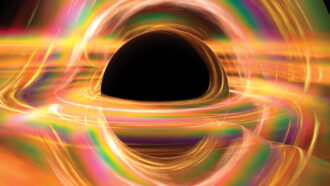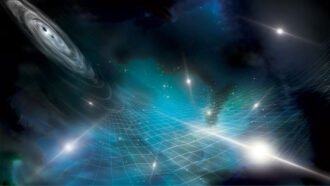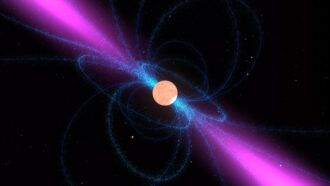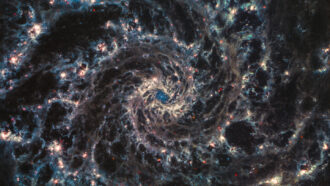
Chemistry
Pollution power? A new device turns carbon dioxide into fuel
Scientists made a device that converts the greenhouse gas into formate. This salt can then run a fuel cell to make electricity.
By Laura Allen
Come explore with us!

Scientists made a device that converts the greenhouse gas into formate. This salt can then run a fuel cell to make electricity.

Infrared light from a distant star appears to be leftovers of an impact between a pair of Neptune-sized worlds.

Emerging evidence points to the existence of rogue black holes and other cosmic oddities — such as big black holes in tiny galaxies.

In this project, we explore how perspective, or parallax, can be used to measure the distances to objects such as stars.

Observations of dead stars hint that ripples in spacetime — ripples light-years long — roll through our universe.

These rapidly spinning dead stars send beams of radio waves into space like cosmic lighthouses.

A burst of light and a cloud of dust are signs that a distant star swallowed a giant planet.

Dark voids riddle the galaxies, revealing new details about how stars alter their environments.

Six young researchers took home the top awards, each valued at a minimum of $50,000. Hundreds more shared nearly $9 million in prizes at international event.

The unusual, fruit-inspired structure of this material provides quick filtration that could satisfy people's daily water needs.